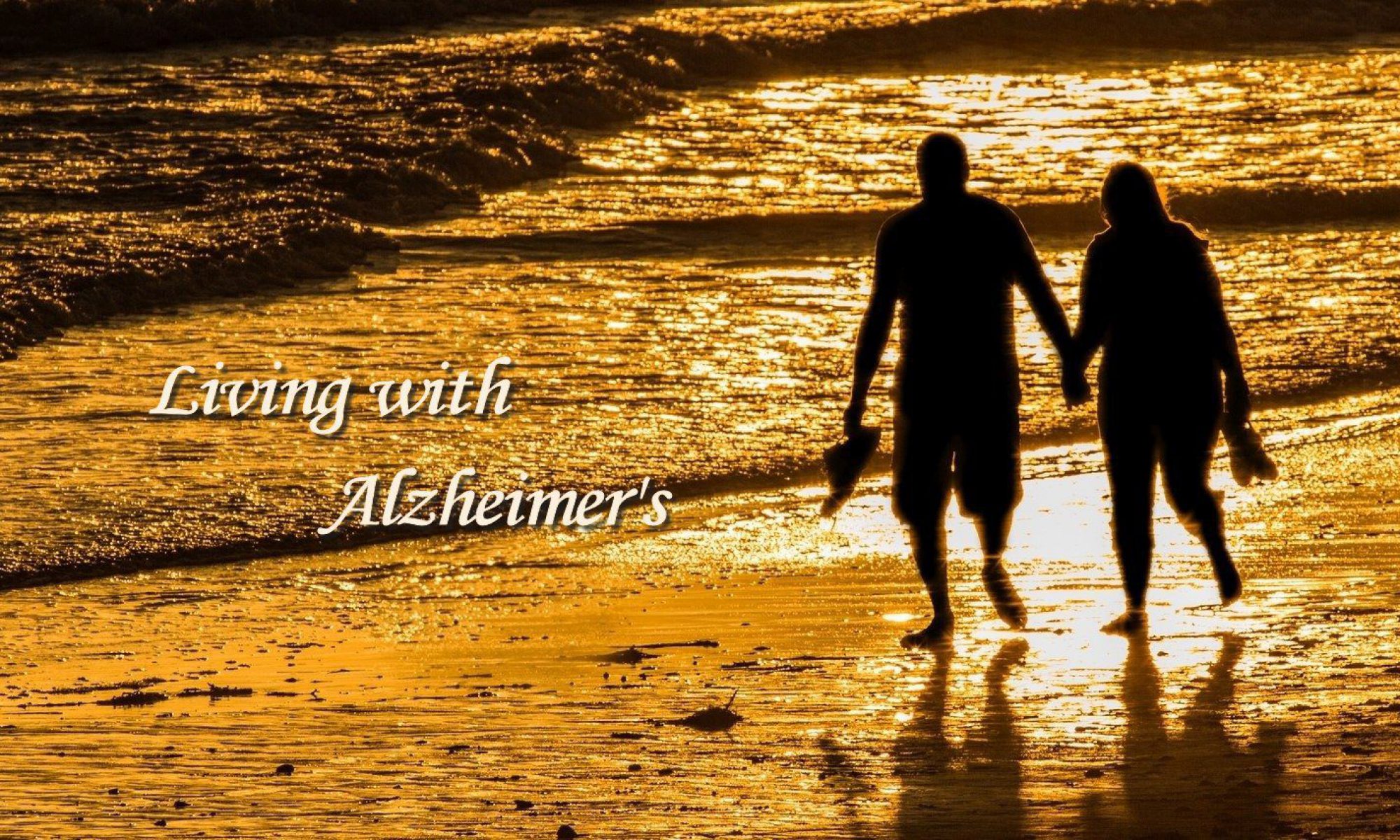Six years ago this coming September, I engaged
in-home care for Kate. At that point, all I needed was someone to be with her
while I went to the Y and ran errands. It was prior to my feeling a real need
for help, but I was becoming uneasy about leaving her alone. At the time, I
referred to the caregivers as sitters. All they had to do was spend time with
Kate. They didn’t have to dress her, prepare meals for her, or take her places.
Looking back, I view that as the “honeymoon
stage” of our in-home care. After a month or so, we settled into a routine with
two different people. One came on Mondays for four hours. The other came on Wednesdays
and Fridays for four hours. This went well for three years although we made a
few changes in the person coming to the house on Mondays. Fortunately, we had
the same person for Wednesdays and Fridays for more than three years.
Then came Covid in November 2020. Kate’s Alzheimer’s
had been progressing more rapidly in the previous two years. She was in the
early stages of aphasia and was developing mobility problems. Her
hospitalization for eight days for Covid was traumatic for her. Since then, she
has required total care.
The honeymoon with in-home care was over. Finding
caregivers was also more challenging because of the pandemic. Apart from the
pandemic, fewer caregivers are willing to accept people who require total care.
Thus finding and keeping caregivers has been a problem since then.
It is especially difficult to find someone to
work eight hours a day five days a week, but we found one person who was with
us until May 2022. We were able to replace her with someone who was with us
until this week when she decided to leave because of her back problems. That
was a low blow to me. She was the most caring and compassionate caregiver we
have had. She and Kate got along well, something I consider of paramount
importance.
So, we are going through an adjustment. We have a new person who comes for eight hours a day on Monday, Tuesday, and Wednesday and another who comes on Thursday and Friday. We are now in our second week with them, and I am encouraged that they will work out. They are both good but have complementary skills. The MTW person has CNA skills that are among the best of anyone we’ve had previously and she has a caring personality. She does have a minor back problem, so we have elevated the bed another six inches, and I am playing a greater role in the heavy lifting. She also appears to be someone who is easy to work with. She has lots of ideas about how care should be provided, but she is also sensitive to the routine we have established.
Our Thursday/Friday person is very cheerful
with a very warm and caring personality. She and Kate connected right away. She
even stopped by to chat with Kate while we were having ice cream Saturday
afternoon with one of our regular weekend caregivers.
Despite my optimism, having new people for
five days a week does mean another adjustment for me. That will mean more work
for me to familiarize them with our needs and priorities, but we should soon establish
a new routine.
Although I wish I could count on having a regular group of caregivers for a longer period of time, we are fortunate to have had three caregivers who were with us for more than a year. At the moment, only one of them is still with us. She has been coming every other weekend for a year and seven months.
Change always requires adjustments, but it often comes with benefits. That is what I am hoping for with this one. Right now, I am optimistic that Kate’s care will match or exceed what we had before.





